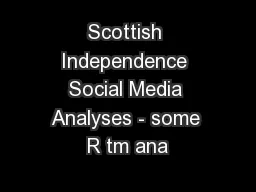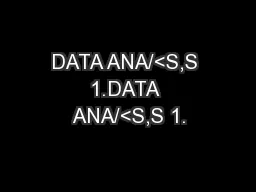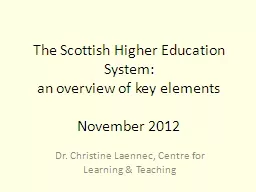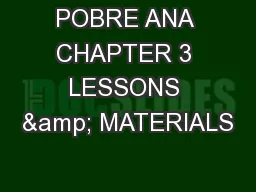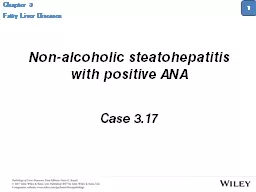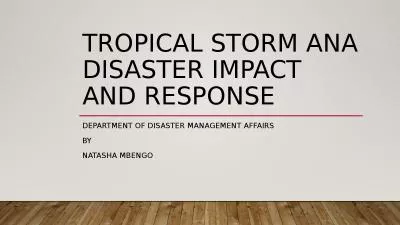PPT-Scottish Independence Social Media Analyses - some R tm ana
Author : tatiana-dople | Published Date : 2016-09-02
Dr Stephen Tagg Dr Mark Shepard Dr Stephen Quinlan HASSSBS University of Strathclyde Social Media Analysis Methods and Ethics Friday April 25 th 1050 This paper
Presentation Embed Code
Download Presentation
Download Presentation The PPT/PDF document "Scottish Independence Social Media Analy..." is the property of its rightful owner. Permission is granted to download and print the materials on this website for personal, non-commercial use only, and to display it on your personal computer provided you do not modify the materials and that you retain all copyright notices contained in the materials. By downloading content from our website, you accept the terms of this agreement.
Scottish Independence Social Media Analyses - some R tm ana: Transcript
Download Rules Of Document
"Scottish Independence Social Media Analyses - some R tm ana"The content belongs to its owner. You may download and print it for personal use, without modification, and keep all copyright notices. By downloading, you agree to these terms.
Related Documents

